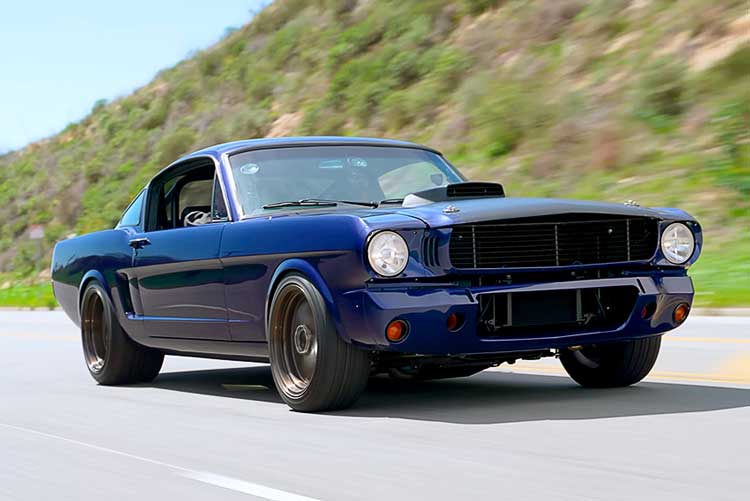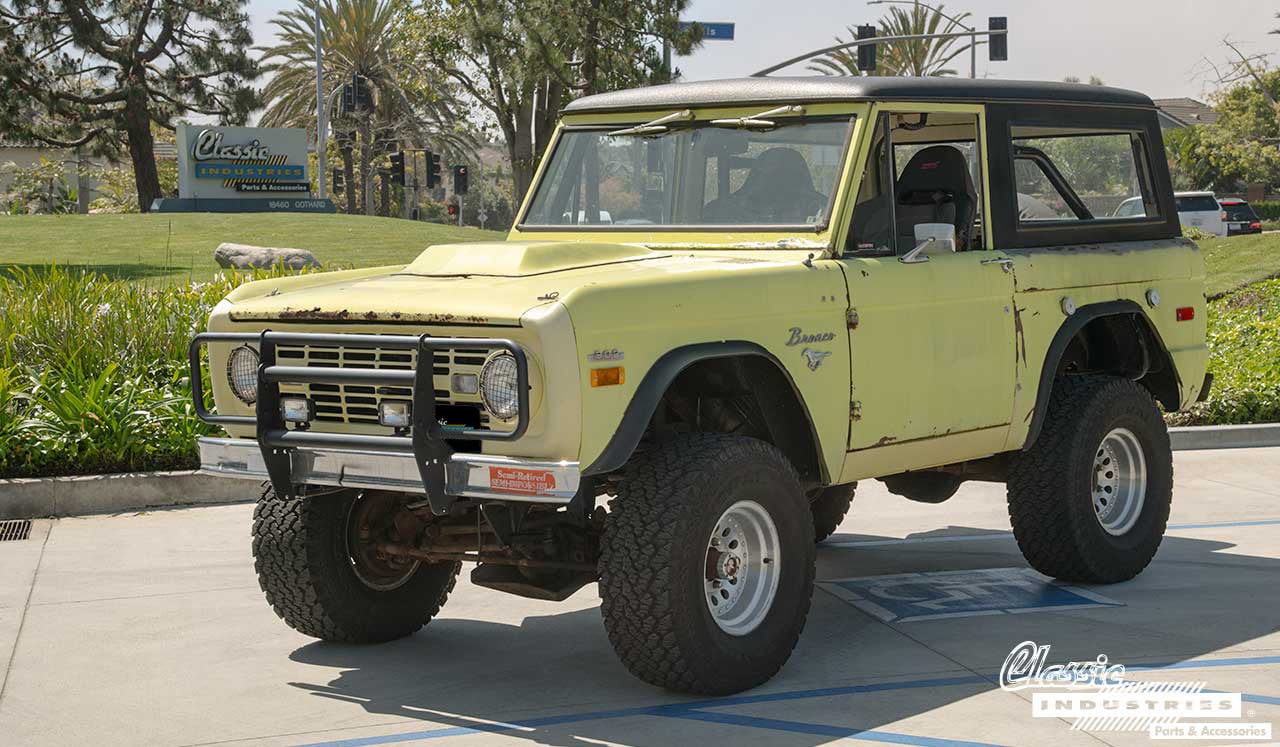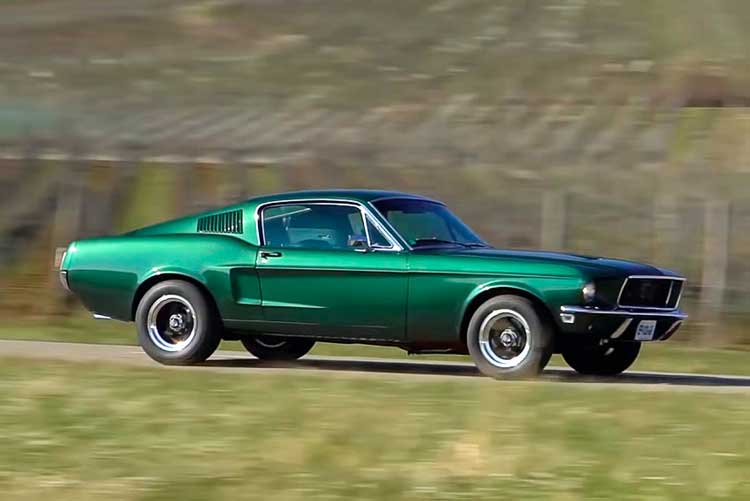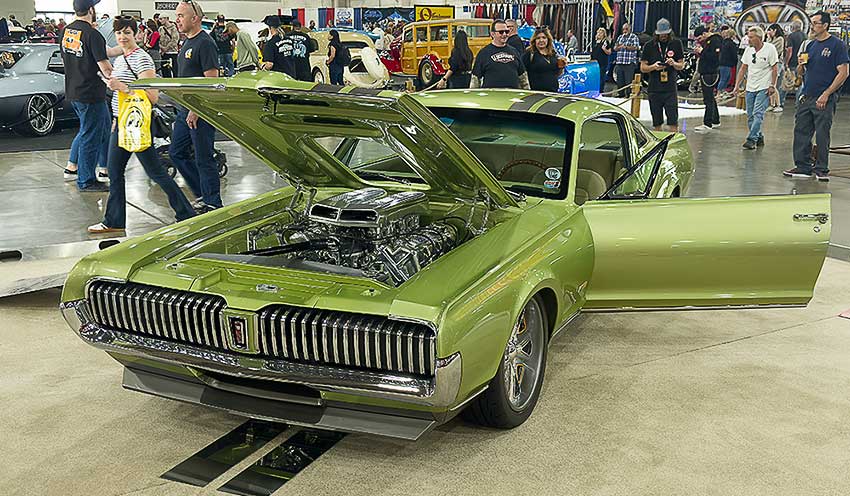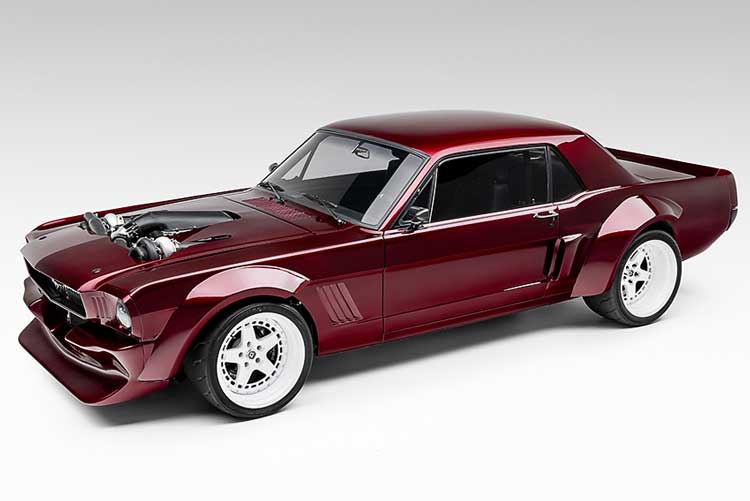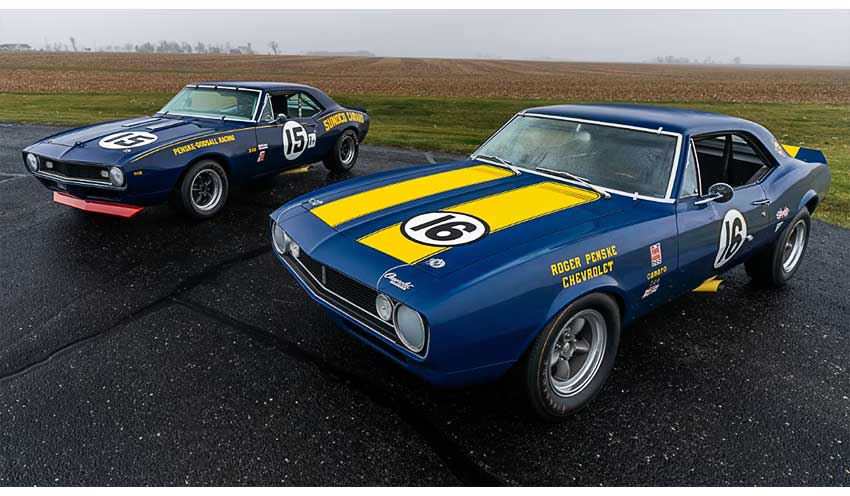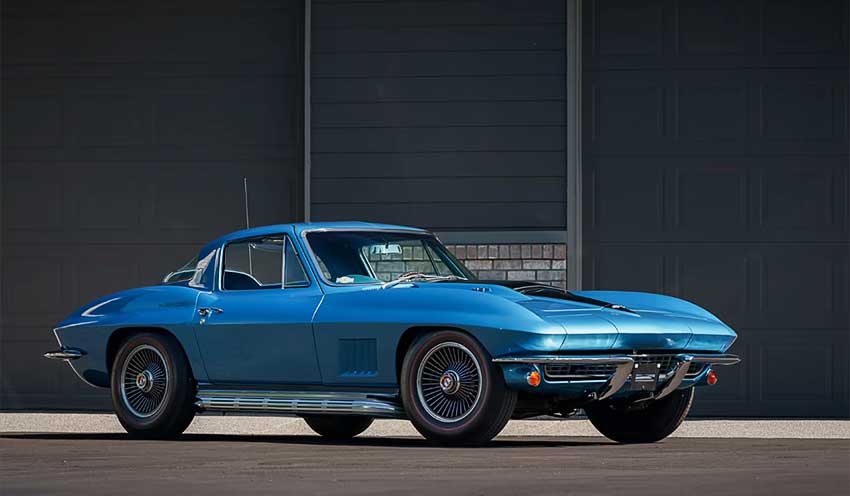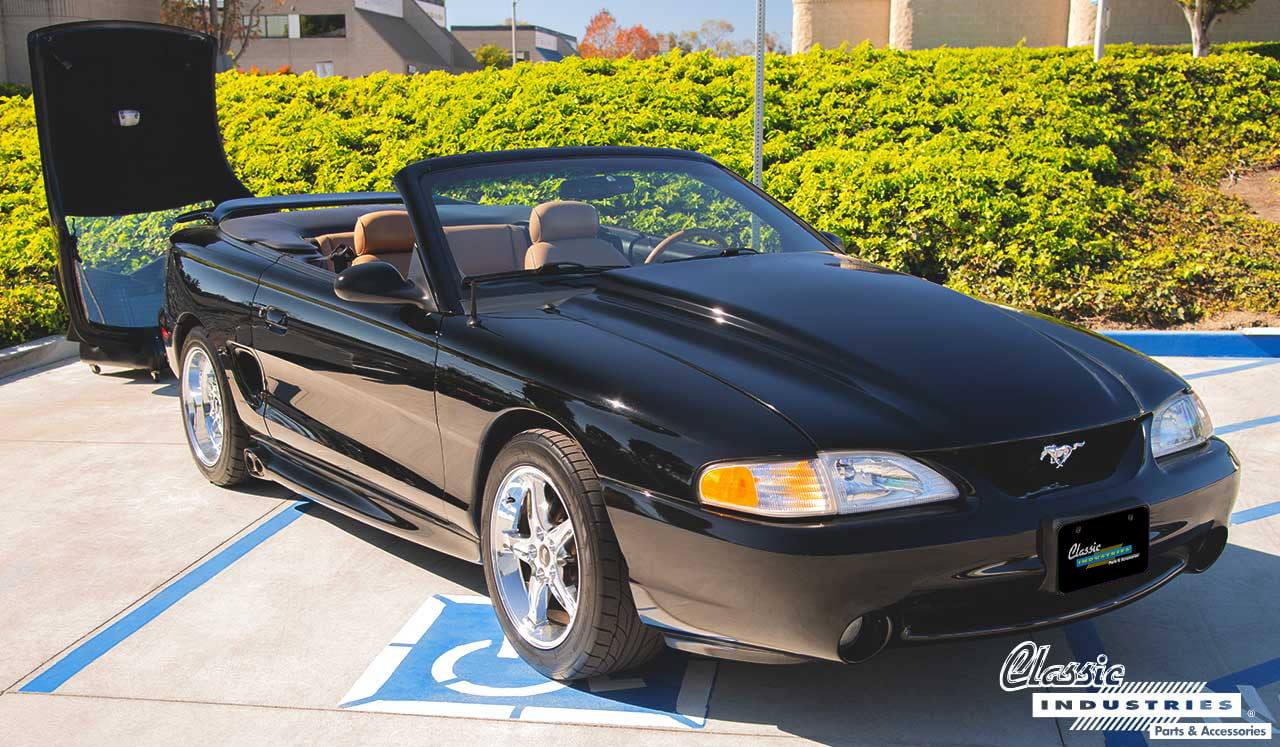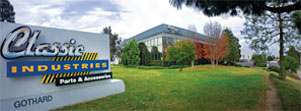Losing a family member is a painful experience, but one which leaves us only one option: find a way to keep going. When Robert's brother in law passed away, he had been working on a '65 Mustang restomod project that was left incomplete, so Robert decided to finish the build in his honor. The result, as documented by YouTube channel AutotopiaLA, is this stunning 427ci V8-powered car with cantilever suspension and a long list of one-of-a-kind components.



